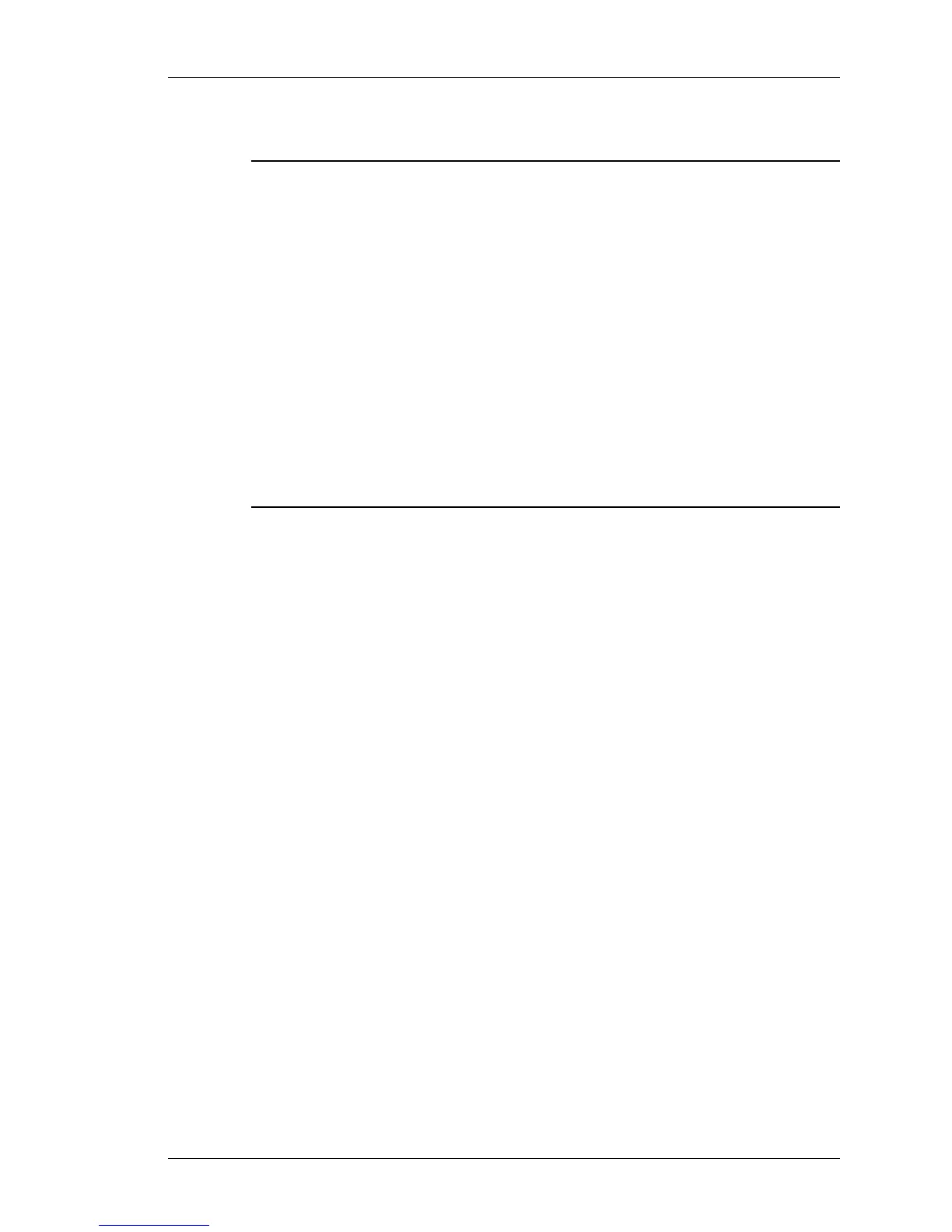QoS Configuration
Except on the first page, right running head:
Heading1 or Heading1NewPage text (automatic)
993
Alcatel-Lucent
Beta Beta
OmniAccess 5740 Unified Services Gateway CLI Configuration Guide
TRAFFIC CLASS ATTRIBUTES CONFIGURATION
Notes:
1. All the attributes of a traffic class are optional. By default, policing and shaping are
not enabled on any traffic class. Queue limit is the only parameter which has a
default value.
2. Default class cannot be set as priority/network-control.
3. Network-control/priority is configurable only on the leaf class. If network-control/
priority is already applied on a class then you cannot configure a child policy on
the same.
4. Police/Shape configuration cannot be done on Network-control class. Shaping
configuration cannot be done on a priority class.
5. Shape/Police configurations cannot exist together in the same class. If Shaper is
already configured, policer is not allowed in the same class and vice versa.
6. Policing and shaping can be done for leaf class only. A traffic class that does not
have a child policy within it is called a Leaf Class.
7. Bandwidth cannot be set when the traffic class is configured as a network-control
class. To set bandwidth for a priority class, use the ‘priority bandwidth’ command.
TO CONFIGURE POLICE
Policing is done using Token Bucket Algorithm. A token bucket is a formal
definition of a rate of transfer. It has two mandatory parameters like burst size,
mean rate and can have optional parameter of excess burst size.
The traffic received on a flow that is to be policed is examined. The rate of the
traffic is compared to a configured token bucket and action is taken based on the
result.
When sufficient number of tokens is available then the arriving traffic is said to
confirm and then the corresponding number of tokens are removed from the
bucket. If there are not enough tokens, then the traffic is said to exceed.
Policer does not do any smoothing or shaping of traffic, and therefore does no
buffering and adds no delay. The rate limit define which packets confirm to or
exceed the defined rate based on the following three parameters:
• Committed rate – Determines the long term average transmission rate, the traffic
that falls under this rate will always conform.
• Committed burst size (Bc) – Determines how large traffic bursts can be before
some traffic exceeds the rate limit.
• Excess burst size (Be) – Determines how large traffic bursts can be before all
traffic exceeds the rate limit.
The maximum number of tokens a bucket can ever contain is determined by the
normal burst size configured for the token bucket. Excess Burst (Be) is set to
value higher than the normal burst value.
When rate limit is applied, Policer will remove tokens that are equivalent in
number to the byte size of the packet from the bucket. If a packet arrives and
there are fewer tokens that are available in the token bucket than that is required
by the packet's byte size, then Excess Burst is utilized if configured. If packet
cannot be transmitted (due to lack of tokens), packet is dropped and no tokens
are removed from the bucket.

